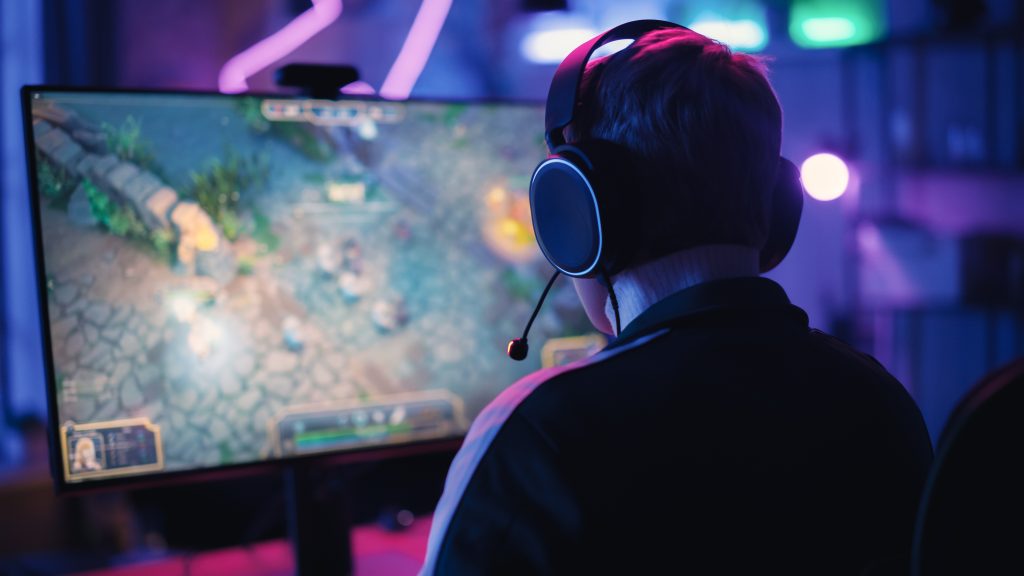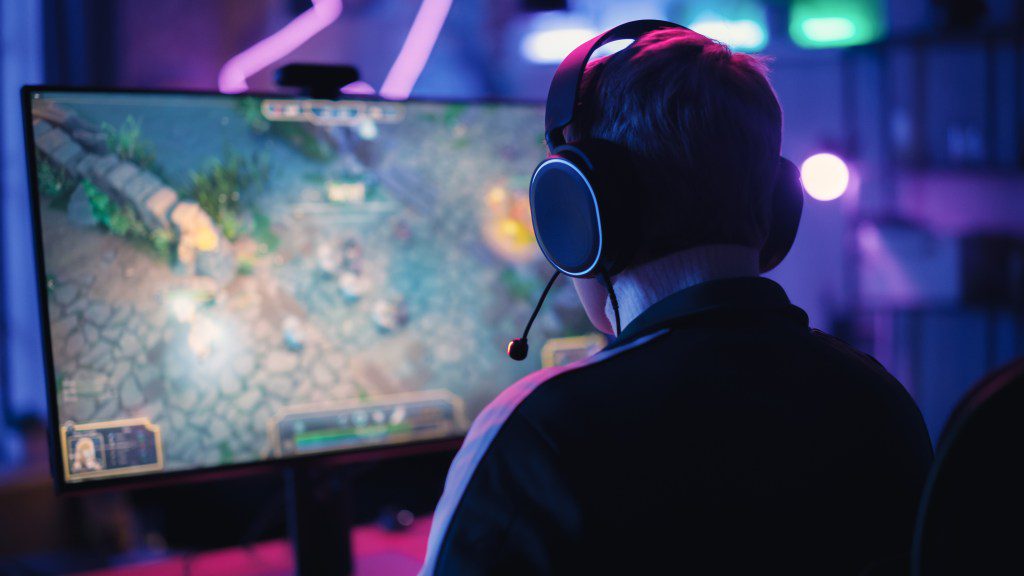A new study has found that some people are more capable of noticing higher frame rates than others, especially those who are involved in competitive gaming. competitive gaming the best at spotting the difference.
The advancements in console generations have made it harder to see the differences, and frame rates have become one of the few clear limitations of modern times.
While some people now dismiss the idea of playing a game at 30 frames per second after experiencing 60fps, a new study discovered that some people simply don't notice the difference as much as others.
A study by Trinity College Dublin found that certain people can perceive more images per second, making them better at seeing fast-moving objects.
The study examined 80 individuals aged 18 to 35 to measure their 'critical flicker fusion threshold', which is a way to gauge a person's visual temporal resolution – the fastest rate at which the visual system can distinguish visual signals.
As reported in Plos One, this research aimed to determine if there is a variation in this measure among people of similar age, following earlier studies suggesting that visual temporal resolution decreases with age.
To measure visual temporal resolution, participants identified when a flickering light stopped and became a constant light.
The study revealed that some individuals saw a constant light when it was flashing around 35 times a second, while others saw flashes at rates exceeding 60 times per second. Additionally, there was little difference between men and women.
In an interview with The Guardian, Clinton Haarlem, a PhD candidate who led the research at Trinity College Dublin, said: 'We think that people who see flicker at higher rates basically have access to a little bit more visual information per timeframe than people on the lower end of the spectrum.'
Haarlem also mentioned elite athletes and professional gamers as groups who may have a higher visual temporal resolution than others.
'We believe that individual differences in perception speed might become apparent in high-speed situations where one might need to locate or track fast-moving objects, such as in ball sports, or in situations where visual scenes change rapidly, such as in competitive gaming,' he added.
While some individuals may be able to process more images per second than others based on visuals alone, it’s important to note that higher frame rates in games are more beneficial in terms of how it affects the control and movement of in-game characters – and the report doesn’t address whether the perception of that is also a variable factor.
It’s currently unknown whether an individual's visual temporal resolution can be improved through training, similar to the way video games can enhance general hand-to-eye coordination. 'At this stage we don't really know much about where this variation is coming from, and what it is connected to,' Haarlem added. 'It could have to do with our eyes, or it could be related to the brain filtering out information.'










